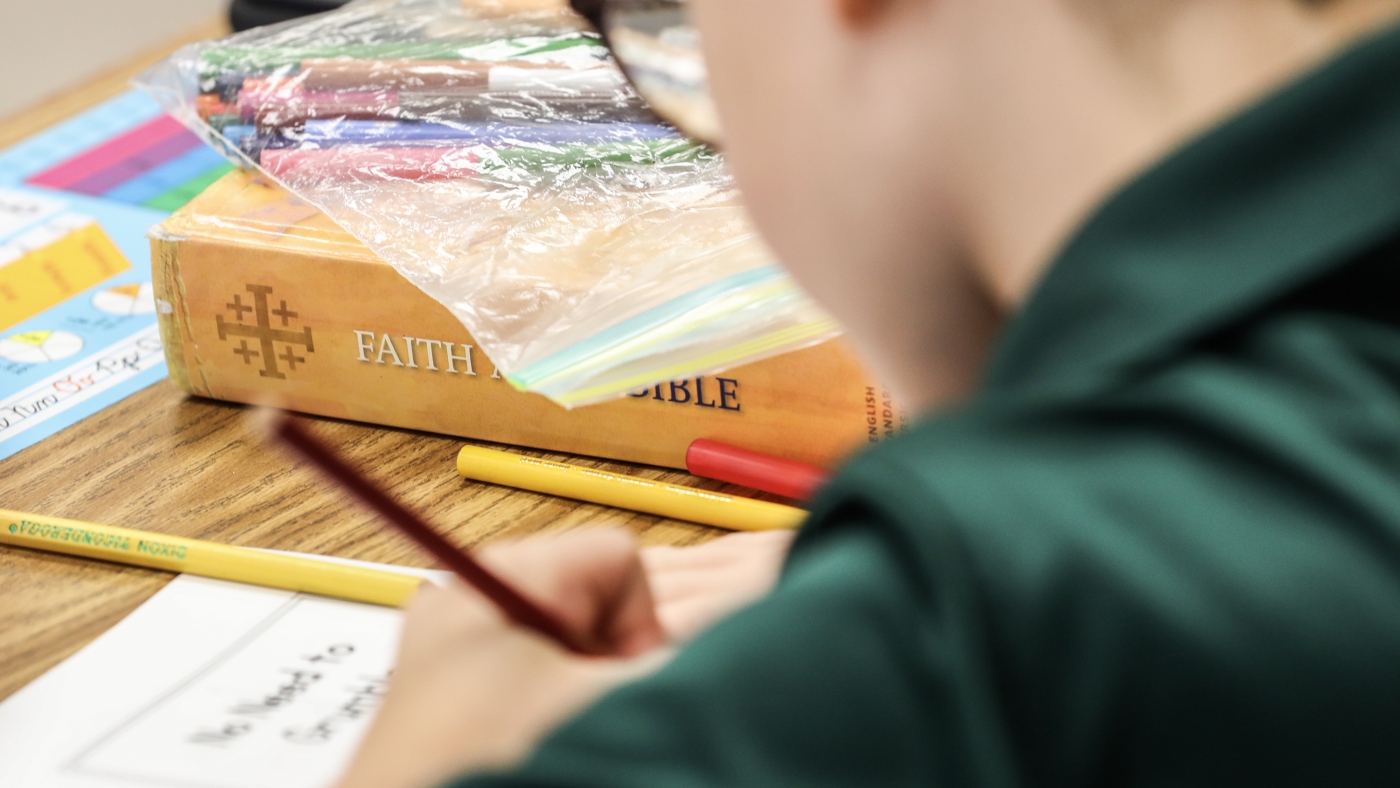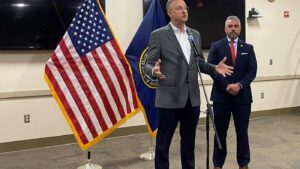Federal Voucher Initiative Moves Forward: Debates Intensify Over School Choice
In a landmark move, a plan to channel federal tax dollars into private school tuition support has taken a significant stride forward. This initiative aims to empower families across the United States with educational choices, marking a pivotal moment in the ongoing school choice debate.
This week, the House Ways and Means Committee, led by Republicans, endorsed the inclusion of a $20 billion federal school voucher program into a larger reconciliation bill. This legislation also seeks to extend the tax cuts introduced during President Trump’s administration in 2017.
Republicans and proponents of school choice welcomed the committee’s decision. Senator Bill Cassidy, R-La., a key figure in the Senate’s voucher initiative, remarked, “Expanding President Trump’s tax cuts is about preserving the American Dream. Giving parents the ability to choose the best education for their child makes the dream possible.”
Similarly, Tommy Schultz, CEO of the American Federation for Children, expressed optimism, stating, “We are one step closer to bringing school choice to every state in America.” He emphasized that this legislation is crucial for providing every child, particularly those from lower-income families, access to their preferred schools.
On the other hand, critics, including public school advocates, have voiced strong opposition. Becky Pringle, President of the National Education Association, argued, “Vouchers weaken public education and limit opportunities for students. They siphon crucial funding from public schools—serving 90 percent of students—and redirect it to private institutions with no accountability.”
Another area of concern for opponents is the potential impact on students with disabilities. Public schools are mandated to comply with federal disability laws, ensuring a free and appropriate education for every student with a disability. Private schools, however, do not have the same obligations.
Jacqueline Rodriguez, CEO of the National Center for Learning Disabilities, warned, “It is quite possible that families with disabilities will use a voucher under the pretense that their child will have the same rights when in fact they do not.” She described assurances of equal rights in private schools as “disingenuous at best and crooked at worst.”
Mechanics of the Proposed Voucher Program
The proposed federal school voucher plan intends to utilize the tax code to introduce vouchers nationwide, even in states that have resisted such measures. The funding model relies on private donations to Scholarship Granting Organizations (SGOs), with contributors receiving a dollar-for-dollar federal tax credit.
Carl Davis from the Institute on Taxation and Economic Policy observed, “It’s about three times as generous as what you’re gonna get from donating to a children’s hospital or a veteran’s group or any other cause.” He highlighted that this approach favors voucher groups over other charitable causes.
The legislation sets a cap of $5 billion annually for these tax credits over four years, beginning in 2026. Unlike some state-level programs targeting low-income families, this federal initiative would be accessible to a broader demographic, with household income limits set at 300% of an area’s median gross income.
Insights from Existing Voucher Programs
While school voucher programs are not new, their expansion has been significant in recent years, sparking debate over their efficacy. In Oklahoma, state data showed that less than 10% of voucher applicants were public school students. In Iowa, tuition hikes followed the introduction of a statewide voucher scheme.
Mixed results have emerged regarding academic outcomes. Studies, such as one in Ohio, indicated higher college enrollment and completion rates for voucher students compared to their public school counterparts. However, broader reviews of newer programs have raised concerns, including lower achievements in subjects like math.
Josh Cowen, a Michigan State University professor, stated, “The bigger and the more recent the voucher system, the worse the results for kids.” Conversely, Patrick Wolf from the University of Arkansas noted that parents choosing private vouchers often prioritize factors like safety over academic performance.
Despite previous unsuccessful attempts to pass similar federal voucher legislation, this initiative aligns with the Trump administration’s broader efforts to reduce federal involvement in education. The measure now awaits a full House vote and potential Senate approval, where a simple majority is needed for passage.





